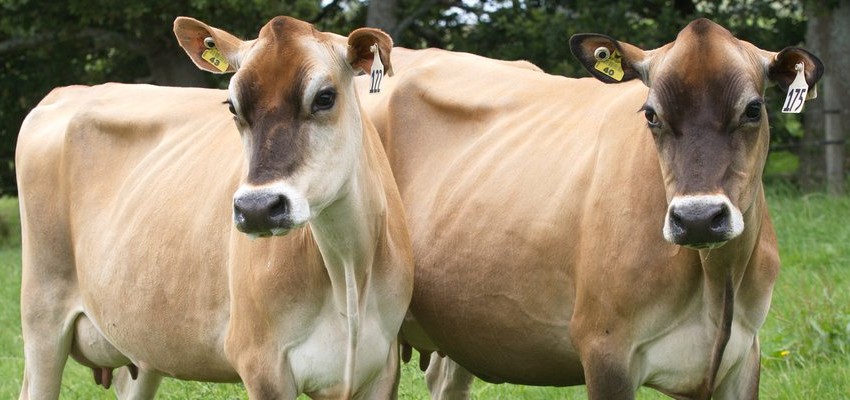

A silent heat, or sub estrus, is defined as the lack of behavioral estrus symptoms although the genital organs undergo normal cyclical changes. The incidence of silent heat varies from 10% to 40% between different herds.
A cow with a silent heat doesn’t display any of the obvious signs, like licking or sniffing other cows, mounting, standing to be mounted, or acting nervous and excitable.
However, she can still become pregnant, and the bull will know about it, even if they’re vasectomised. But you won’t.
This is why these vasectomised (or teaser) animals are used for heat detection. They are the same as a stock bull essentially, but because the tubes that deliver semen have been cut, they can’t inseminate a cow.
Silent heats occur when not enough progesterone is being produced. Progesterone acts along with estrogen to manifest itself in visual signs of heat in a cow or heifer.
In heifers, the estrus associated with first ovulation is usually silent because not enough progesterone is being produced yet. However during second ovulation, progesterone from regressing corpus luteum act synergistically with estrogen to produce estrus symptoms .
Causes of silent heats
Heat Stress
Environmental temperatures of over 32 degrees can lead to silent heats in cattle. This is more prominent in cattle with more black markings as they absorb more of the sun’s rays. Heat Stress reduces the duration and intensity of Oestrus, which in turn leads to lower mounting activity.
Iodine: If iodine is limited it can also reduce the behavioral response of a cow in Oestrus.
Other stress
Any type of stress can be a cause of silent heats. Some farmers have even claimed that their cows are more prone to silent heats during wet weather.
Silent heat can be prevented by ensuring proper feeding and mineral supplementation of dairy cows including adequate quantity and good quality roughage, adlibitum mineral supplementation, Timely and regular heat detection.
For treatment, Use of hormones according to veterinary advice.
 Contact Jaguza Support
Contact Jaguza Support